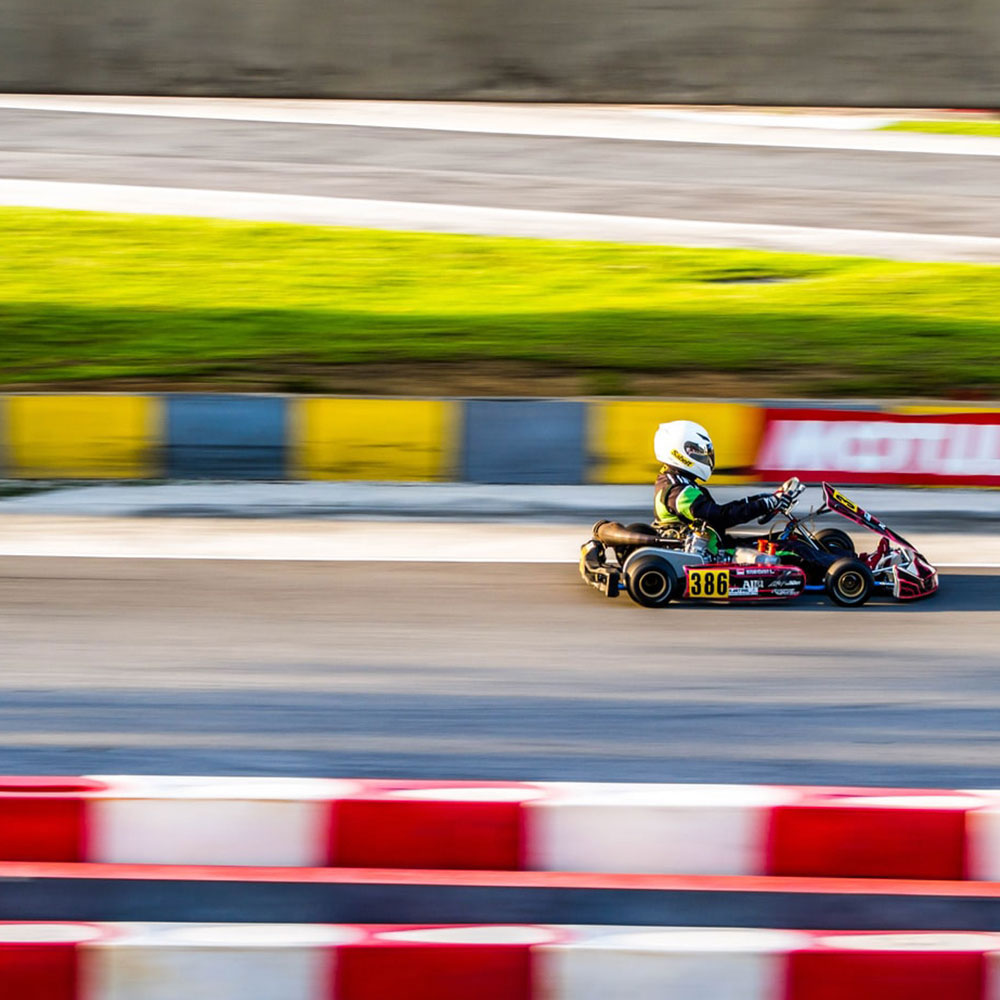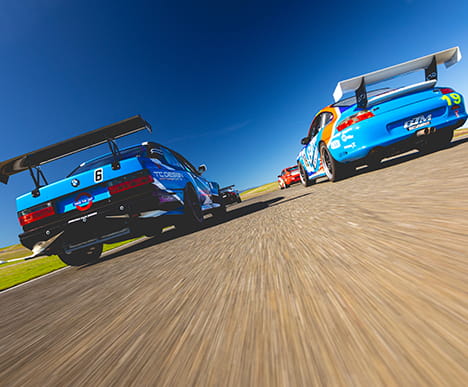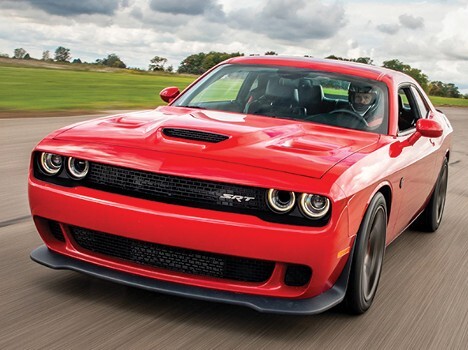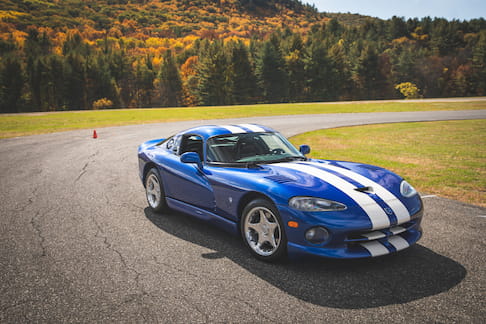
Planning an event?
Grow participation. Automate tasks. Improve accuracy.
Discover Products Through Hagerty
What began as a niche insurance agency has evolved into an automotive
lifestyle brand focused on the love of cars and driving.

Motorsports Insurance
Hagerty offers affordable and customizable motorsports insurance options to fit your lifestyle, whether it's off or on the track. Off-track coverage for racecars and raced motorcycles, on-track
coverage for HPDE and time trials, and commercial insurance for racetracks, car clubs, driving schools, and more.
Learn more

Hagerty Drivers Club
Ready to really fuel your motorsports passion? Join Hagerty Drivers Club® and enjoy members-only benefits built for track lovers,
like discounts on motorsports gear, premium towing for trackside breakdowns, exclusive events and more.
Learn more

Hagerty Marketplace
Featuring the option of auctions or classifieds, tools to help with valuation, and access to an engaged audience of millions of car lovers,
Marketplace is the ultimate destination for buying and selling collector and classic cars online.
Learn more